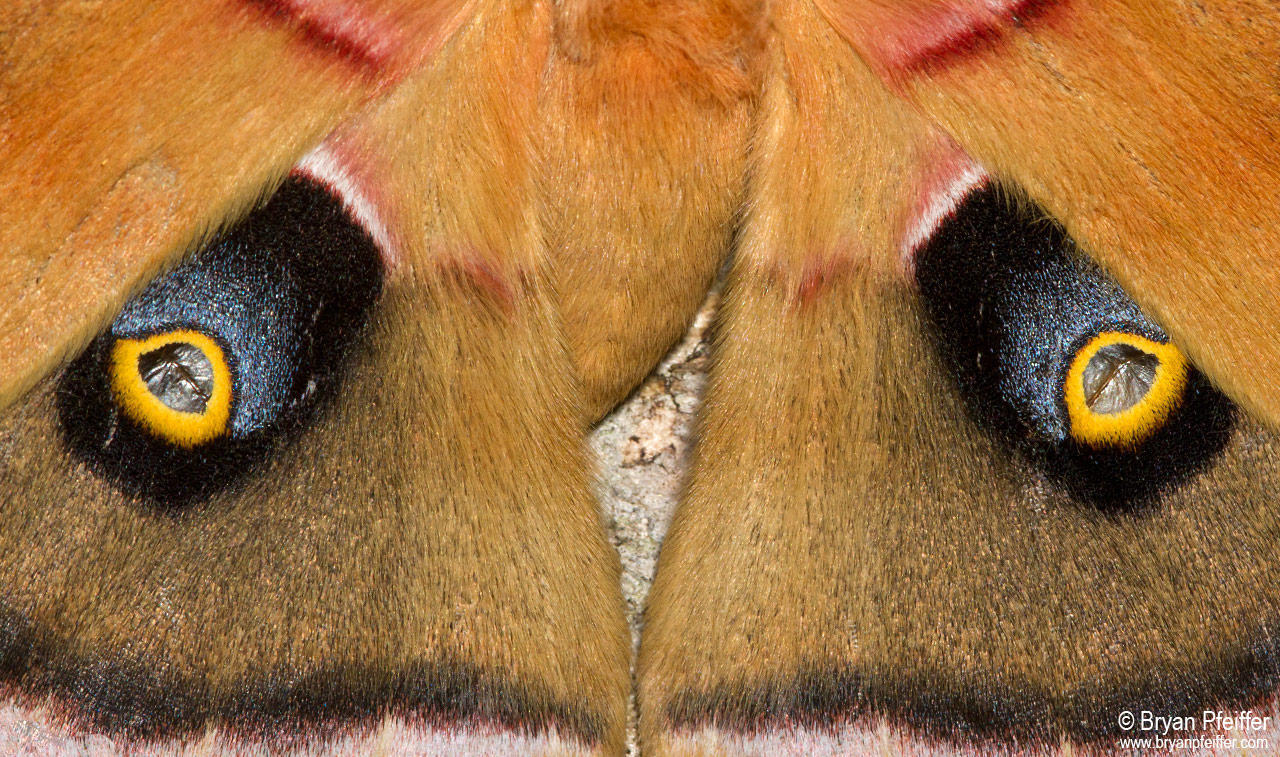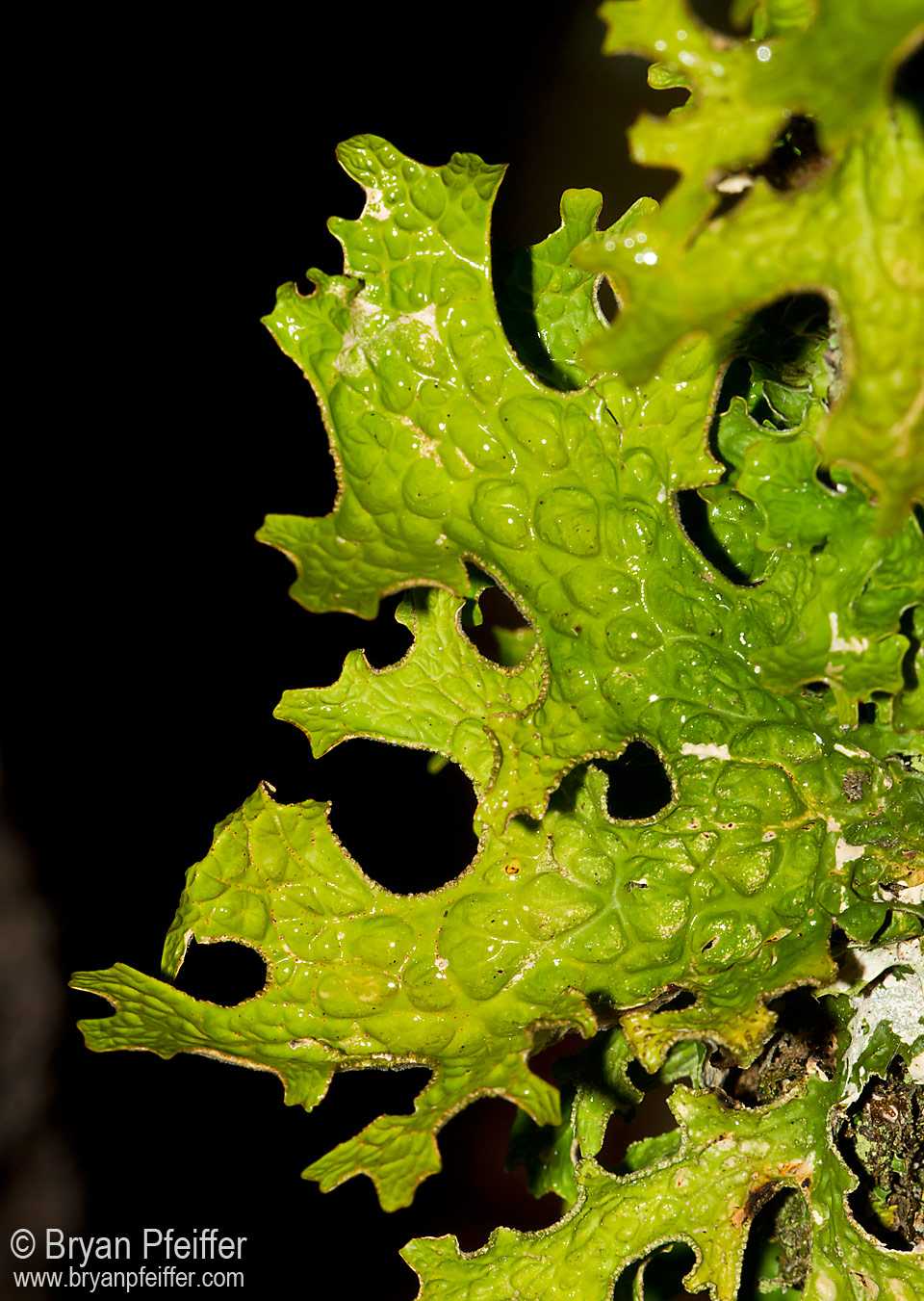Life in Flight at Maine’s Eagle Hill Institute
IN THE OVERGROWN FIELDS they fluttered and flickered like tiny orange flames on purple flowers of vetch. On the bogs they flashed cobalt and rust beside gaudy magenta blooms of sheep laurel. And from the boreal woods a thousand flew to our lights each night to dart and swirl like, well … like moths to flame.
So went the Lepidoptera seminar I co-taught last week with my pal Hugh McGuinness at the famed Eagle Hill Institute in Steuben, Maine. But this wasn’t all moths and butterflies all the time. The week prior, I taught Eagle Hill’s Odonata seminar. On the rivers, the dragonflies raced around like cruise missiles. Wading in ponds to our waists, we came under the hypnotic spell of emeralds sporting metallic black bodies and the most vibrant-green iridescent eyes I know in nature. And there is no dainty charm to match damselflies going by the names jewelwings, bluets and sprites.
Eagle Hill is a field station two peninsulas down east of Acadia National Park. When I arrived on July 2 to scout sites (this was my first time teaching at Eagle Hill), two weeklong seminars were wrapping up: sedges with the gold-standard Tony Reznicek as an instructor, and crustose lichens with none other than the legendary Irwin Brodo (meeting him was one of my dreams realized). Up next this week at Eagle Hill are courses on wetland delineation and on native bees as pollinators.
To understand the scope and reach of Eagle Hill is to see its many angles. Eagle Hill is a hearty breakfast when Linda rings the bell at 7:30AM (8AM for late-night moth people), which launches table talk on everything from baseball to politics, from art to calicioid lichens. Eagle Hill is a suite of peer-reviewed publications, including Northeastern Naturalist, in the finest tradition of research, learning and discovery. Eagle Hill is even an elegant restaurant, Christopher’s, with art from around the world celebrating, among other things, The Enlightenment and fungi.
And Eagle Hill continues to move forward under the visionary leadership of Joerg-Henner Lotze. While I was there, Joerg, among his other duties, filled potholes in the dirt road, gave me an art tour, provoked weighty conversation at supper, and was wrapping up construction on a small building with a retractable roof that will house Eagle Hill’s celestial telescope, which will be the focus (sorry) of a new astronomy curriculum on the Institute’s clear-sky campus. Making Eagle Hill a symphony of nature study is its talented and dedicated staff, some of whom joined us on field excursions or at the moth lights or, like Amy most evenings, wise-cracked at the supper table.
I could go on. But you should experience Eagle Hill for yourself. Or if I’m back to teach more seminars next year (I’ve got a few new ideas), join me in the field and in the lab. Until then, here are some butterflies, moths, dragonflies, damselflies, orchids and a few of the people who love them.



Hi Linda,
No joke! We saw quite a few bird dropping mimics. They were elegant in imitation.
Let’s talk about a GLLT event. I’d be honored!
Bryan
Is “tufted bird dropping moth”a joke??
Love seeing your photos. My favorite is the ebony jewel wing-always such a treat to see them fluttering in a patch of wetland sunshine!
Remember, there is a cadre of GLLT docents eager to play badminton with butterfly nets and to learn,learn,learn! How can we entice you? A free week at “The Coop”? Use of kayak and canoe?Paths of sundews?